This article is brought to you by Datawrapper, a data visualization tool for creating charts, maps, and tables. Learn more.
Data Vis Dispatch, April 16
The best of last week’s big and small data visualizations
Welcome back to the 138th edition of Data Vis Dispatch! Every week, we’ll be publishing a collection of the best small and large data visualizations we find, especially from news organizations — to celebrate data journalism, data visualization, simple charts, elaborate maps, and their creators.
Recurring topics this week are abortion, U.S. elite universities and animals.
It’s week two of the #30DayChartChallenge. Here are some examples of what creative minds have done with topics ranging from #mobile-friendly to #historical:



This week, two data visualizations follow the life of one person — or thousands of kids:

The solar eclipse occurred on April 8, but its impact on visualizations is still being felt. Traffic in the path of totality was a major focus. Here’s a quick tip that made us smile today: type “Solar Eclipse 2024” into the Google search bar:

Iran has attacked Israeli territory. This week’s maps show how the attack took place and where Iranian drones are exported:


There is still a food shortage in Gaza. The amount of aid is fluctuating:

From South Korea to the U.S., this week’s visualizations depicted voters:

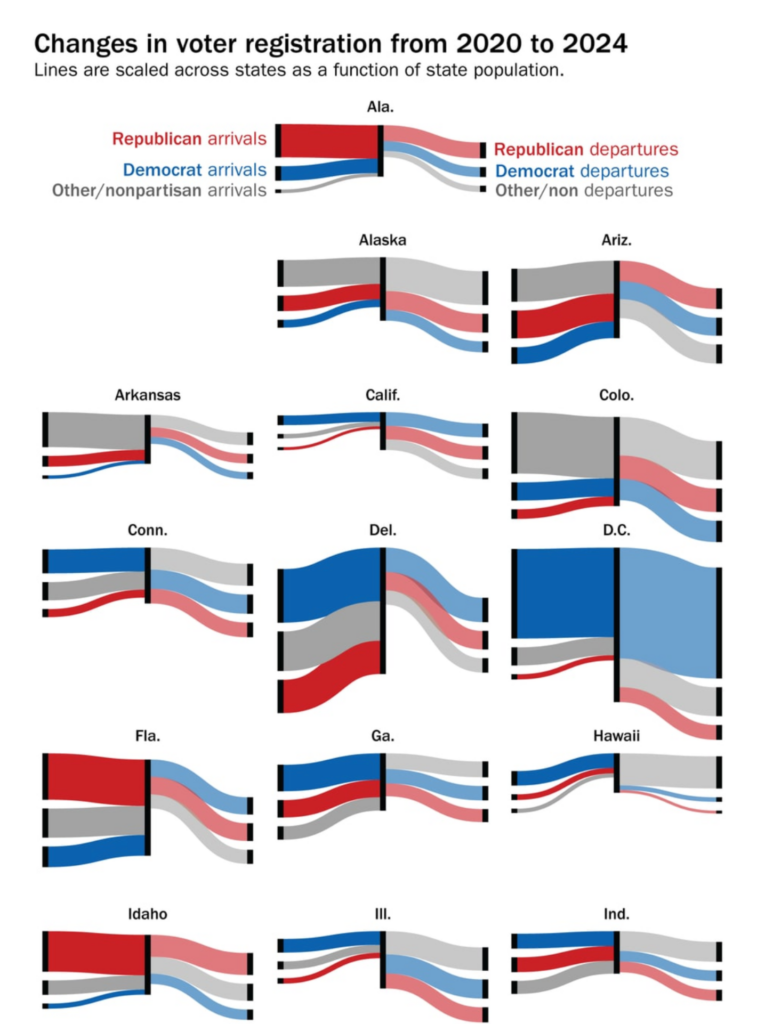
Several visualizations of the state of abortion in the U.S. appeared after the Arizona Supreme Court revived a 19th-century abortion ban:

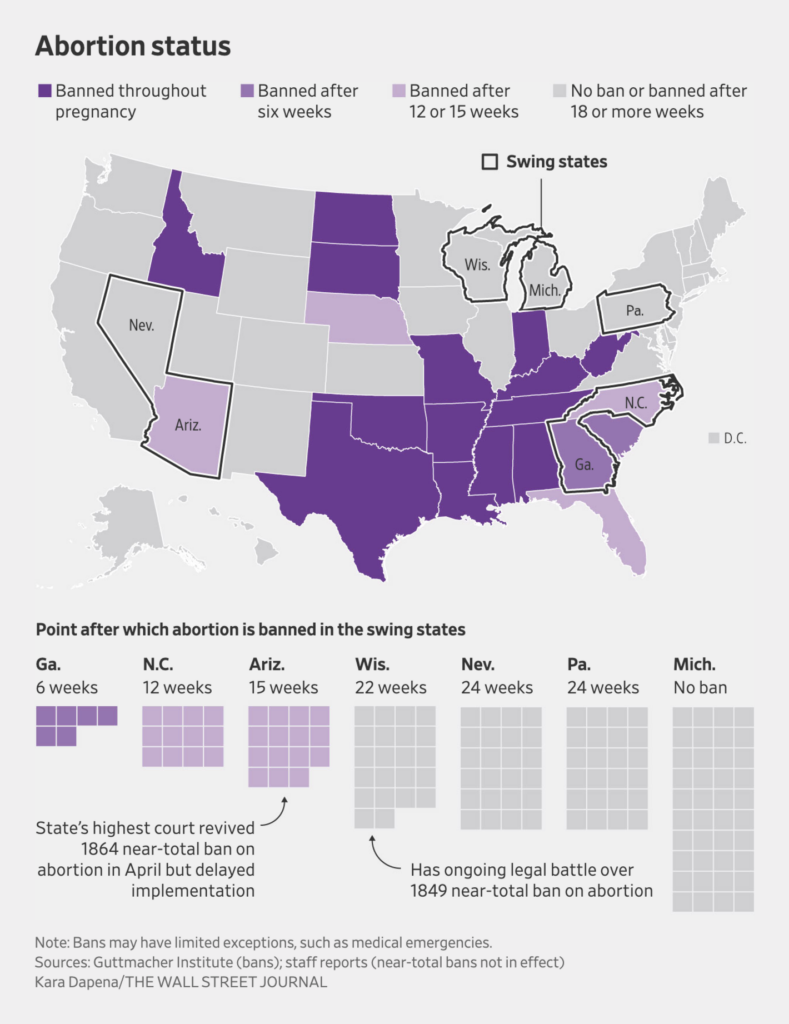
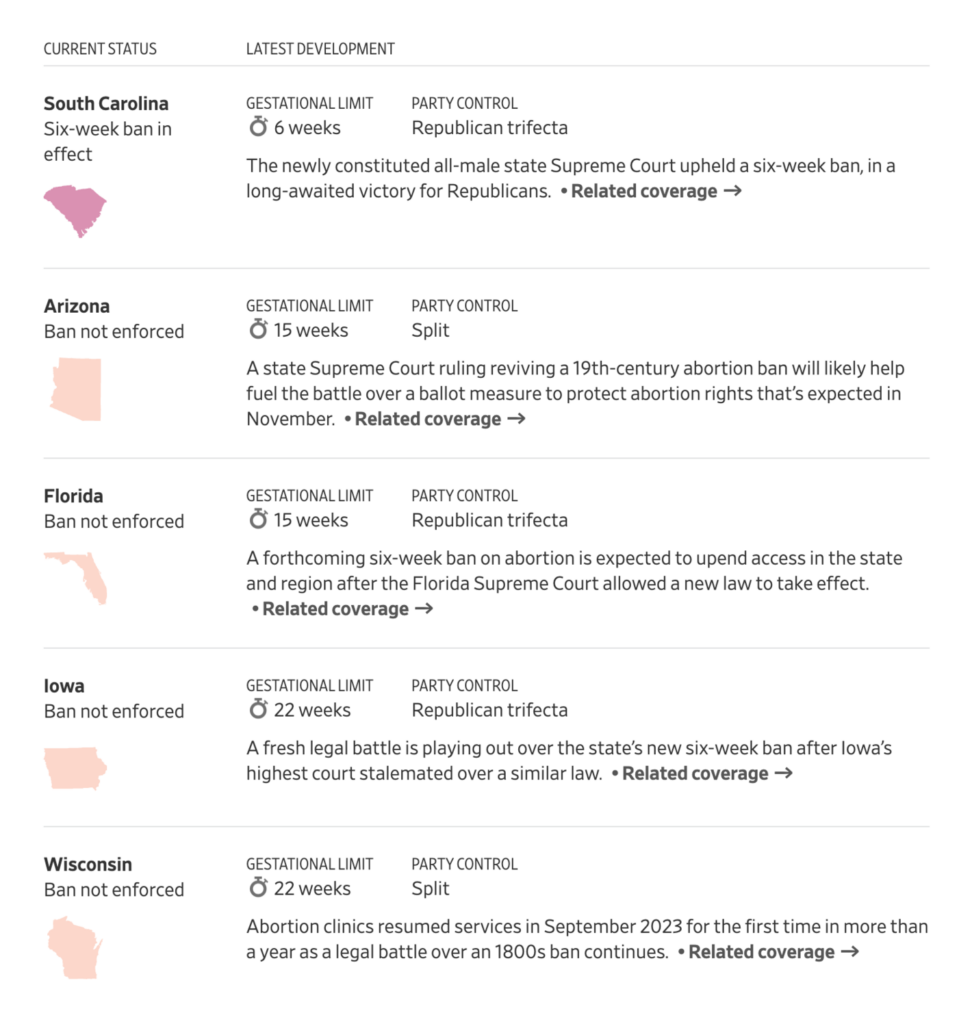

We stay on the American continent and focus on certain strips of land: Wyoming’s checkerboard borders and the Darién Gap, a migration highway:

If you live in the U.S., have you ever wondered how good your access to nature is? The Washington Post delivered the answer:

This week, U.S. (elite) universities have earned themselves a cluster of their own:
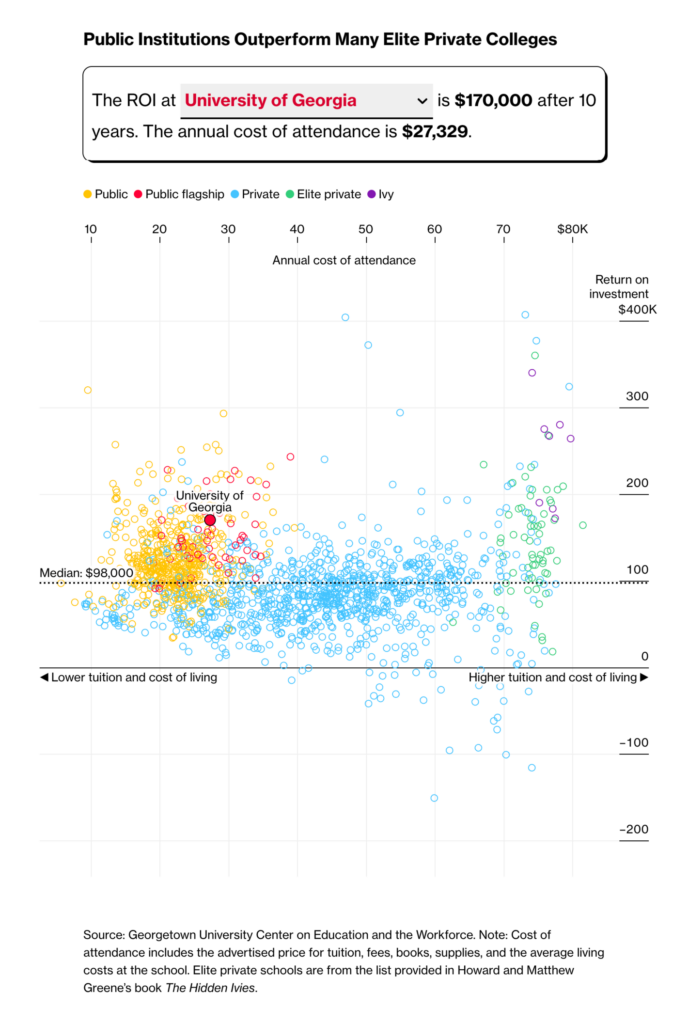

High temperatures and their impact on the environment have dominated climate visualizations around the world:

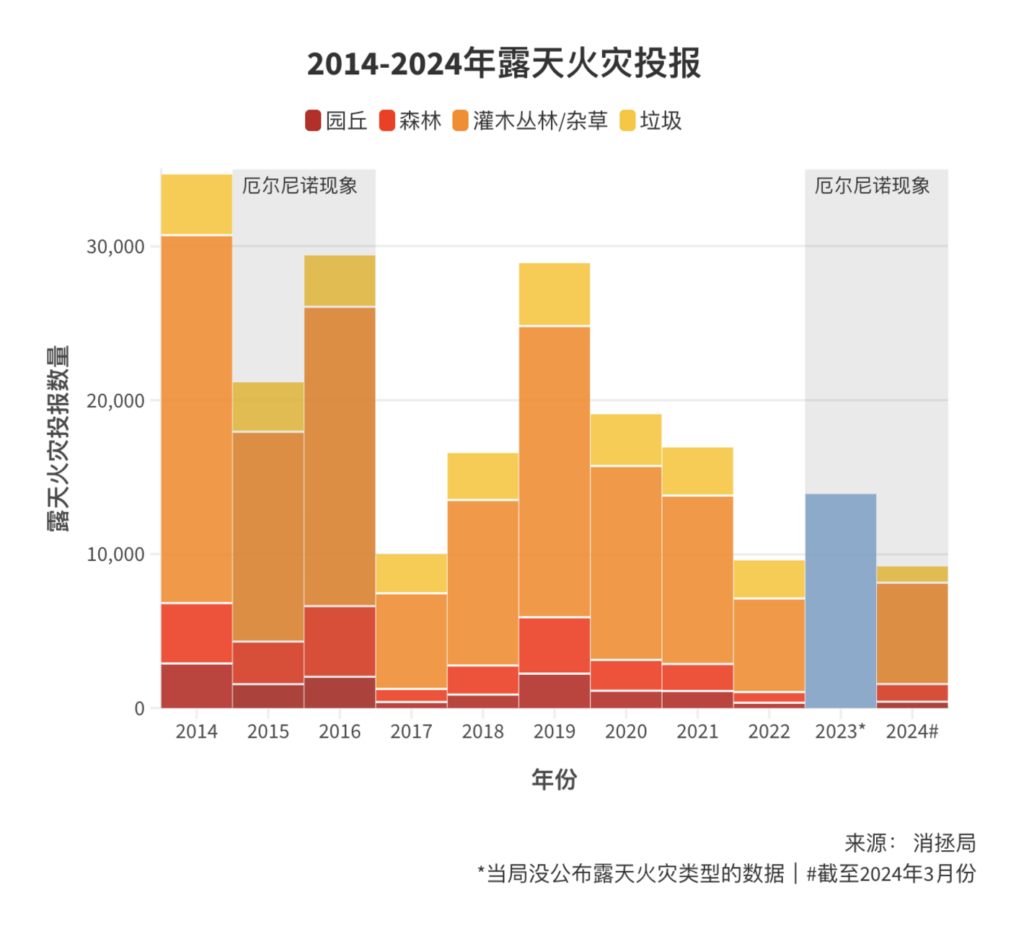

This week’s economic visualizations include taxes in Spain and China’s growing number of money-losing manufacturers:

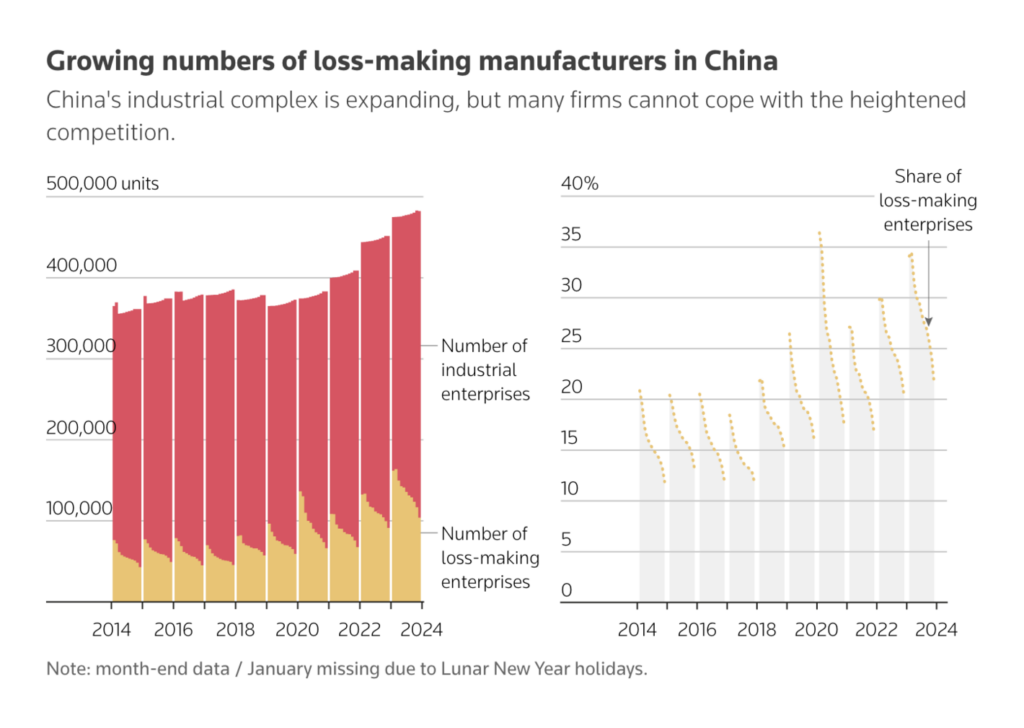
The winners of this week’s sports hit rotation are basketball and soccer:


From tiny cicadas to giant whales:


We close this Dispatch with a short map story from India, produced by The Economist, and the burning question: “How safe is my scented shampoo?”:


What else we found interesting


Applications are open for…
- A working student in data visualization at Tagesspiegel Innovation Lab
- An academic assistant at UCLAB Potsdam
Help us make this dispatch better! We’d love to hear which newsletters, blogs, or social media accounts we need to follow to learn about interesting projects, especially from less-covered parts of the world (Asia, South America, Africa). Write us at hello@datawrapper.de or leave a comment below.
Want the Dispatch in your inbox every Tuesday? Sign up for our Blog Update newsletter!




Comments